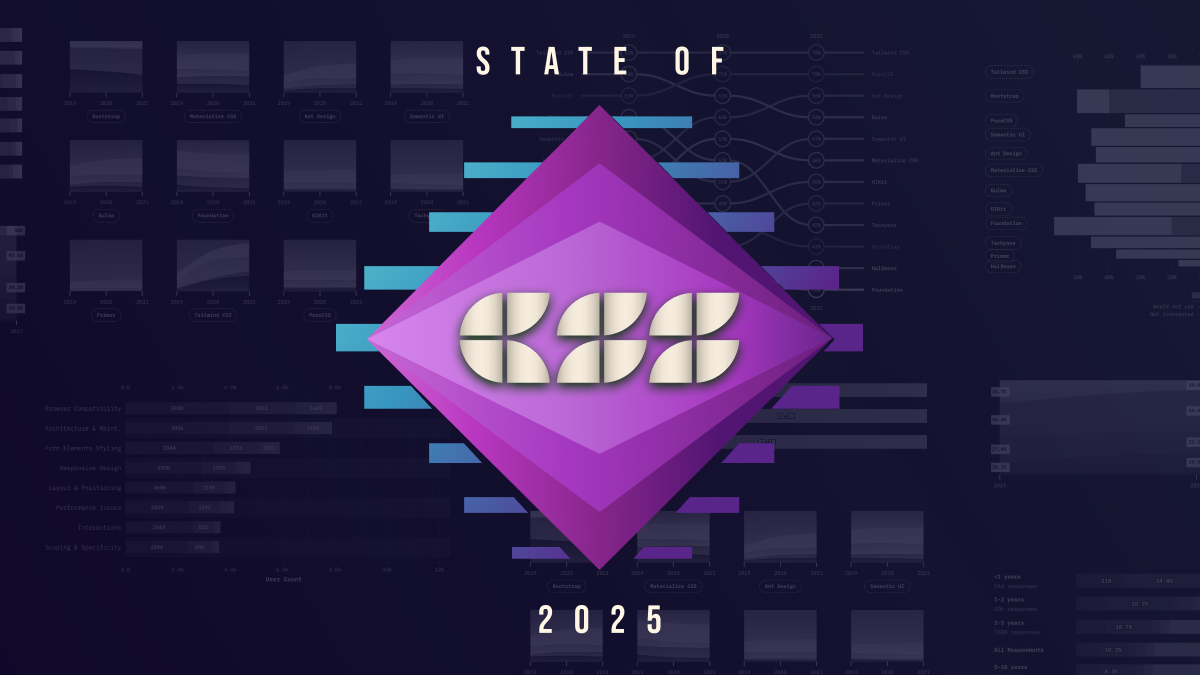- UnmatchedStyle Newsletter
- Posts
- Vol_6.23.25
Vol_6.23.25
We curate web design resources.

Website of the week:
A knockout blow for LLMs?
LLM “reasoning” is so cooked they turned my name into a verb
https://garymarcus.substack.com/p/a-knockout-blow-for-llms
The Designer’s Hierarchy of Career Needs
Why compensation, edification, and recognition aren’t equally important—and getting the order wrong can derail your career.
https://www.chrbutler.com/the-designers-hierarchy-of-career-needs
WWDC 2025 Impressions: Liquid Glass!
Hands on with iOS 26 and everything you need to know from WWDC 2025
https://youtu.be/1E3tv_3D95g?si=FkK5V1Z3Sja2FZzc
Liquid Glass
With the launch of Liquid Glass in iOS 26, we are witnessing what appears to be the next evolution of Apple’s interface system. But it also brings with it a sense of conceptual dissonance that is difficult to ignore. While the direction may be strategic, the execution raises important questions about alignment, purpose, and whether the design system still reflects the same foundational thinking that defined Apple’s past.
https://hvpandya.com/liquid-glass
Physicality: the new age of UI
There’s a lot of rumors of a big impending UI redesign from Apple. Let’s imagine what’s (or what could be) next for the design of iPhones, Macs and iPads.
https://www.lux.camera/physicality-the-new-age-of-ui/
The Template Trap: How Template Culture Is Dumbing Down UX
Overreliance on frameworks as universal solutions rather than adaptable starting points undermines critical thinking and threatens our field's intellectual rigor.
https://www.nngroup.com/articles/template-trap/
Why do we better remember items at the beginning or end of a list?
The serial position effect describes how our memory is affected by the position of information in a sequence. It suggests that we best remember the first and last items in a series and find it hard to remember the middle items.
https://thedecisionlab.com/biases/serial-position-effect
A new way to style gaps in CSS
Styling gaps in UI components like calendars, cards, or data grids can greatly improve readability and add to the overall aesthetic. However, achieving this effect in grid and flexbox layouts has traditionally required awkward workarounds with borders, pseudo-elements, or background tricks. These workarounds can be problematic for a number of reasons.
https://developer.chrome.com/blog/gap-decorations
Printing the web: making webpages look good on paper
Buried away within CSS lies potential for transforming a jumbled, ink-draining mess into a clean, sleek, readable document. But much like writing good error messages, print stylesheets are frequently a neglected afterthought, leading to frustrated users and wasted resources.
https://piccalil.li/blog/printing-the-web-making-webpages-look-good-on-paper/
Sometimes hard UI can be a blessing
Desirable difficulties in B2B and B2C product design — and what research on disfluent fonts can teach us.
https://uxplanet.org/sometimes-hard-ui-can-be-a-blessing-8b48078a2b29
Turn Creative Briefs into Revenue
With Neurons AI, agencies can fast-track everything from creative development to client sign-off.
Neurons AI indicates how campaign assets will perform—before launch—so you can deliver smarter, faster, and with confidence.
Get instant insights on attention, engagement, and memorability, along with AI-powered recommendations to refine assets before clients even see them.
No more endless feedback loops. No more debating design choices. Just clear, data-backed reasoning that helps you present and sell creative work with ease.
Using Neurons AI, Teads helped their client improve brand awareness by 64% and ad recall by 29%.






